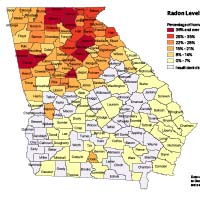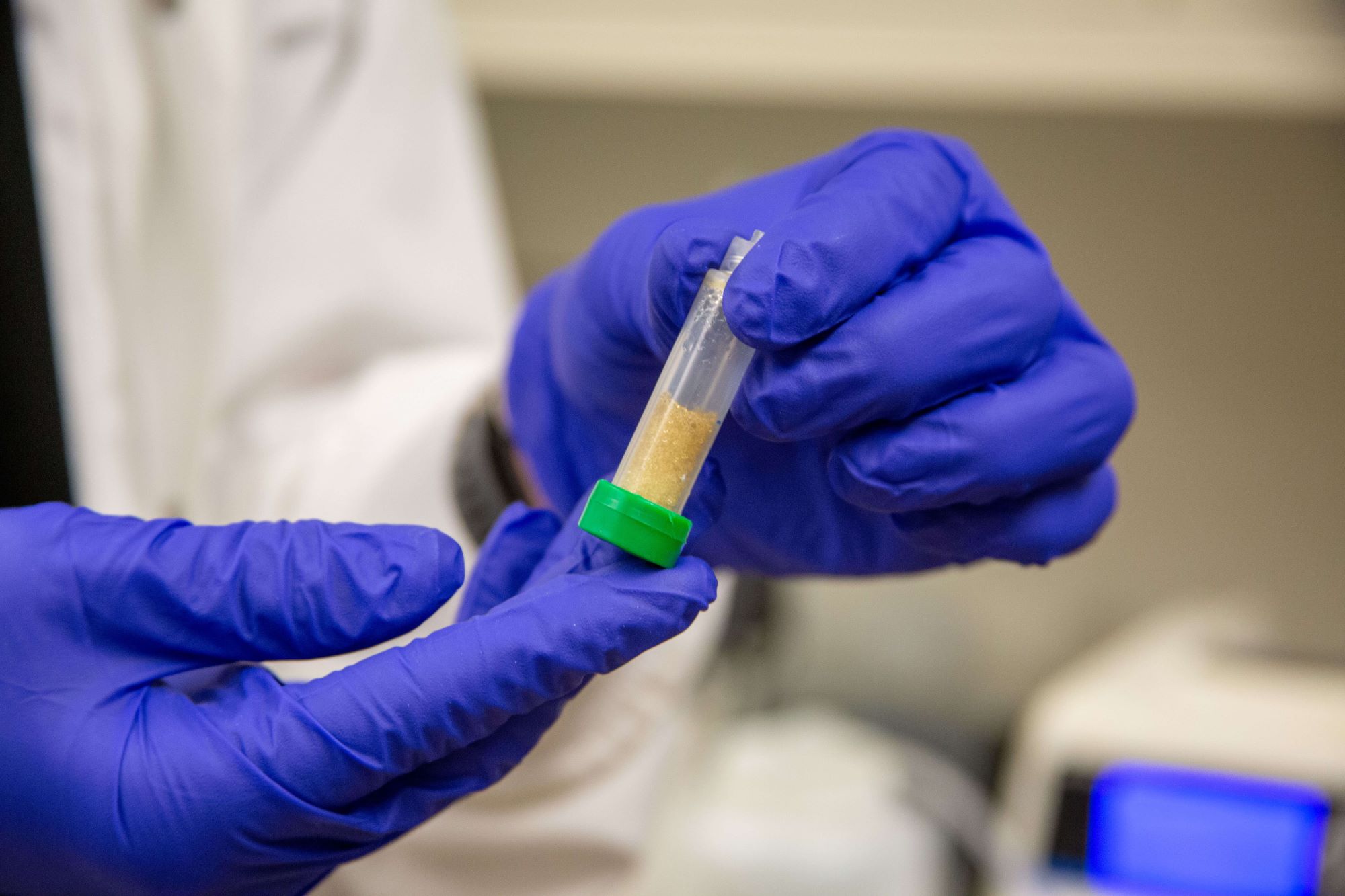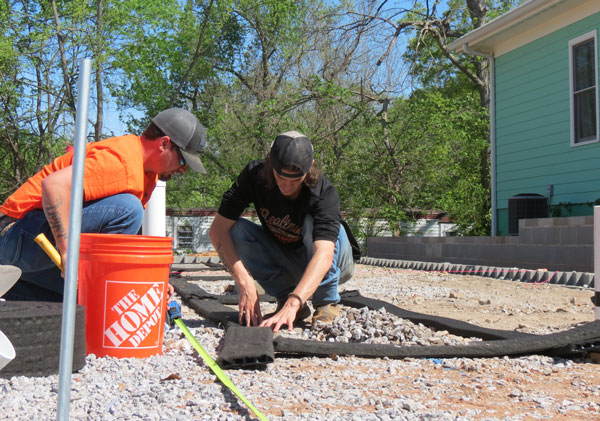As it is every year, January is National Radon Action month. However, this year feels different, as many people are spending more time at home to keep each other safe and healthy. This makes it even more important that we test our homes for radon, a colorless, odorless gas that is the second-leading cause of lung cancer.
Over the course of many years, exposure to this gas can cause lung cancer, even in nonsmokers. In fact, radon is the leading cause of lung cancer among nonsmokers. About 800 Georgians die annually from radon-induced lung cancer.
Radon is a naturally occurring gas that comes from the breakdown of uranium in soil and rock. Often granite rock naturally has high levels of uranium, which is part of why radon is such a persistent problem, especially in north Georgia. The gas seeps out of the soil and rises up through crawlspaces, foundations and basements into a home. According to the U.S. Environmental Protection Agency, about 1 in 15 homes have a radon level that should be reduced.
Fortunately, testing for radon gas is simple and inexpensive. A short-term radon test is hung in the lowest level of the home for three to seven days before being mailed to the laboratory. The laboratory will then send the homeowner results after it processes the test kit. Test can be obtained from the UGA Radon Program website or from a hardware or big box store. During the month of January, Georgians can receive $5 off their online radon test kit order at radon.uga.edu by using the code NRAM2021 at checkout.
If the radon level in your home is high, you can install a radon reduction system. A radon reduction or radon mitigation system reduces high levels of indoor radon to acceptable levels. The system most frequently used is a vent pipe system and fan that pulls radon from beneath the house and vents it to the outside.
Radon exposure from drinking water is primarily a concern in private wells. In Georgia, wells drilled into granitic crystalline rock aquifers, usually in the northern part of the state, are at risk of naturally occurring radon contamination. This is where the uranium that decays to radon can be found at higher levels. If you don’t know whether there is radon in your well water, have the water tested.
The University of Georgia Agricultural and Environmental Services Laboratories in Athens test water samples for the presence of radon. To get a water testing kit, contact your local UGA Extension office or call 1-800-ASK-UGA1.


.png)




